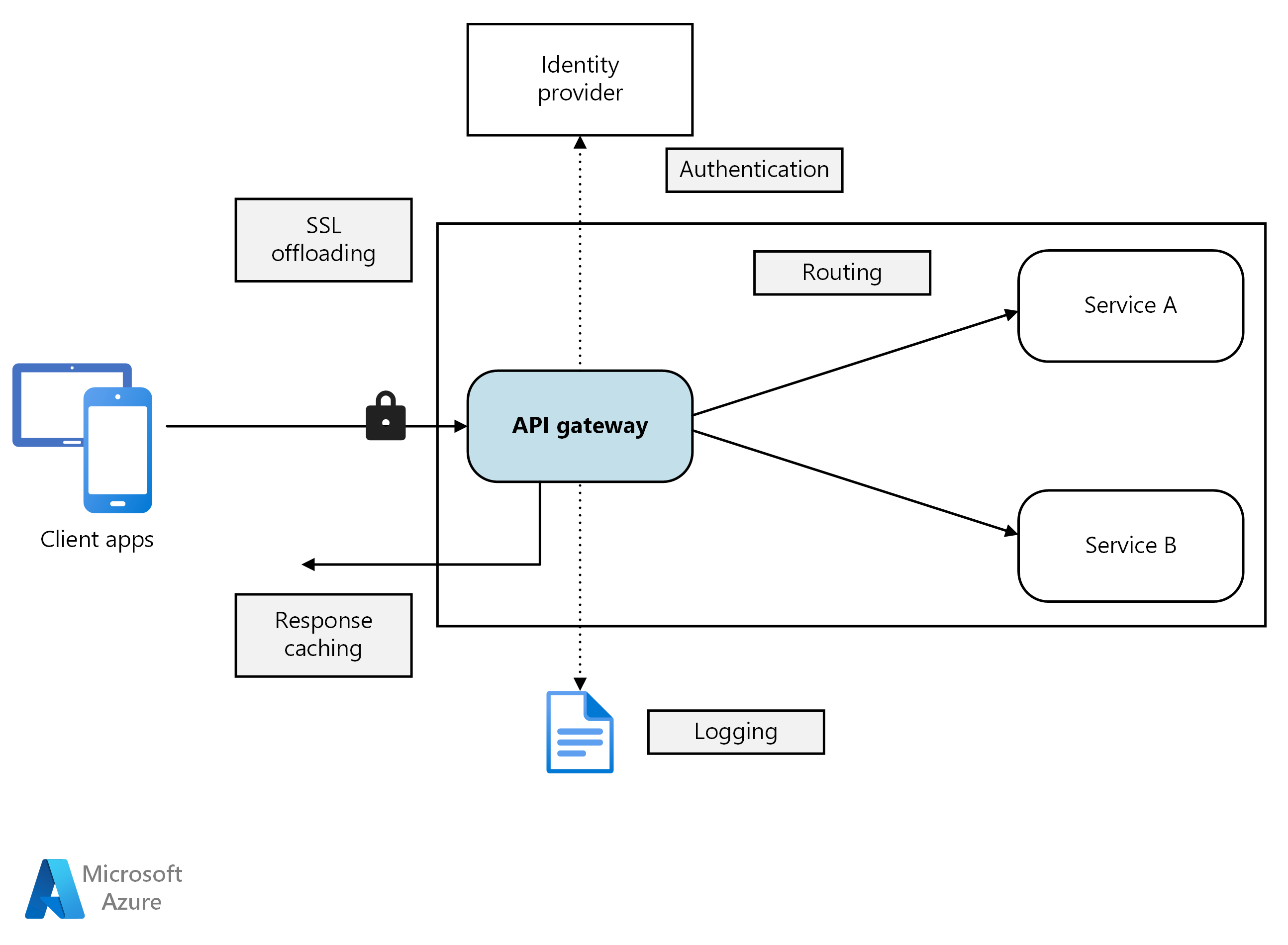Gateway foods, the culinary stepping stones that introduce us to new flavors and textures, play a pivotal role in shaping our culinary experiences. From the first bite of sushi to the tangy kick of kimchi, these foods serve as bridges that connect us to diverse culinary landscapes and expand our palates.
Their allure lies in their ability to entice our taste buds with familiar flavors while subtly introducing novel sensations. This delicate balance allows us to gradually acclimate to unfamiliar cuisines, transforming culinary exploration into an exciting and rewarding journey.
Gateway Foods and Food Industry

Gateway foods play a pivotal role in the food industry, serving as strategic tools for marketing and product development. By introducing consumers to novel flavors and textures, gateway foods help expand their culinary horizons and drive sales for food companies.
Leveraging Gateway Foods
Food companies leverage gateway foods to expand consumer palates by introducing them to new flavors and textures in a gradual and approachable manner. By incorporating familiar elements into unfamiliar dishes, they create a bridge between the known and the unknown, making the exploration of new cuisines less daunting.
Successful Campaigns
Numerous successful campaigns have utilized gateway foods to introduce consumers to diverse culinary experiences. One notable example is the introduction of sushi in the United States. By incorporating familiar ingredients like crab and avocado into California rolls, sushi became more accessible to American consumers, paving the way for the widespread popularity of Japanese cuisine.
Gateway Foods in Nutrition and Health

Gateway foods play a significant role in shaping our eating habits and overall nutritional well-being. While they can offer potential benefits, it’s crucial to be aware of their potential drawbacks and how to incorporate them into a balanced diet.
Nutritional Benefits
- Increased Fruit and Vegetable Intake:Gateway foods that introduce fruits and vegetables, such as smoothies or fruit salads, can encourage individuals to consume more nutrient-rich produce.
- Improved Dietary Fiber Intake:Whole-grain breads, cereals, and brown rice are gateway foods that provide dietary fiber, promoting digestive health and satiety.
- Reduced Fat and Sugar Intake:Replacing sugary snacks and processed foods with gateway foods like yogurt or air-popped popcorn can help reduce overall fat and sugar consumption.
Dietary Concerns, Gateway food
- Calorie Density:Some gateway foods, such as smoothies and granola bars, can be calorie-dense, leading to excessive calorie intake if consumed in large portions.
- Added Sugars:Commercially prepared gateway foods may contain added sugars, which can contribute to weight gain and other health concerns.
- Portion Control:It’s important to be mindful of portion sizes when consuming gateway foods, as overconsumption can negate their potential health benefits.
Incorporating Gateway Foods into a Balanced Diet
To maximize the benefits of gateway foods while minimizing potential drawbacks, consider the following tips:
- Choose Whole, Unprocessed Foods:Opt for gateway foods that are minimally processed and contain whole ingredients, such as fresh fruits, vegetables, and whole grains.
- Control Portion Sizes:Pay attention to serving sizes and avoid overconsumption of gateway foods, especially those that are calorie-dense.
- Read Food Labels:Be mindful of added sugars and other unhealthy ingredients in commercially prepared gateway foods.
- Use Gateway Foods as Stepping Stones:Gradually introduce gateway foods to encourage healthy eating habits, but don’t rely on them exclusively. Aim to transition to a diet that emphasizes whole, unprocessed foods.
Emerging Trends in Gateway Foods

The culinary landscape is constantly evolving, and gateway foods are no exception. Technological advancements and societal changes are influencing the way we think about and consume these foods, leading to several emerging trends.
One significant trend is the rise of personalized nutrition. Consumers are increasingly interested in tailoring their diets to their specific needs and preferences. This has led to a demand for gateway foods that are not only enjoyable but also meet specific dietary requirements, such as gluten-free, dairy-free, or low-carb options.
Technological Advancements
Technological advancements are also playing a significant role in the evolution of gateway foods. The development of new food processing techniques, such as 3D printing and precision fermentation, has enabled the creation of novel and innovative gateway foods that cater to diverse tastes and dietary needs.
Question Bank
What exactly are gateway foods?
Gateway foods are dishes or ingredients that introduce us to new flavors or textures, acting as a bridge between familiar and unfamiliar cuisines.
How do gateway foods contribute to culinary exploration?
By providing a familiar starting point, gateway foods allow us to gradually acclimate to unfamiliar flavors, making culinary exploration more accessible and enjoyable.
Are there any potential drawbacks to consuming gateway foods?
While gateway foods can be beneficial, it’s important to incorporate them into a balanced diet. Excessive consumption of certain gateway foods may contribute to dietary concerns.
